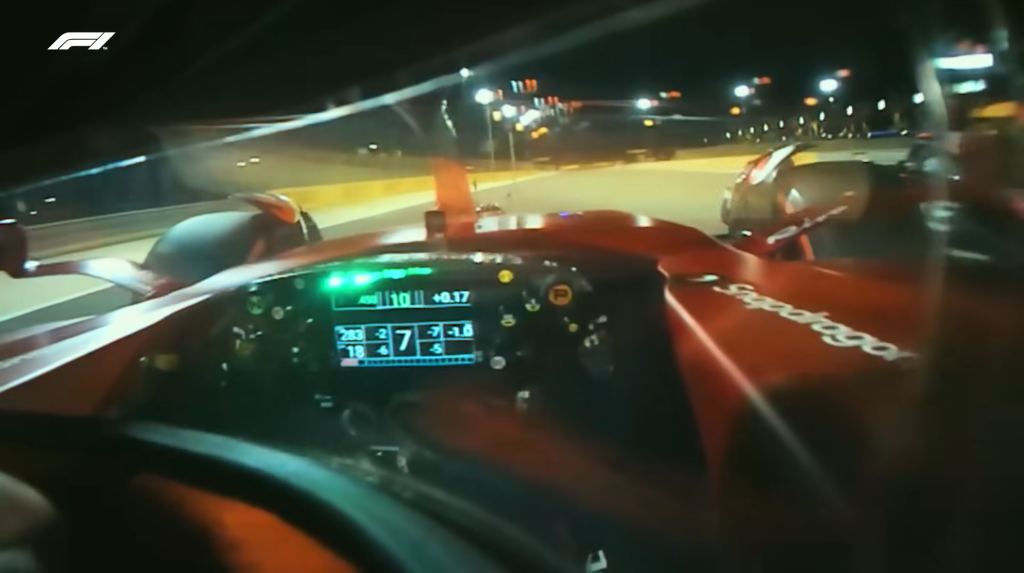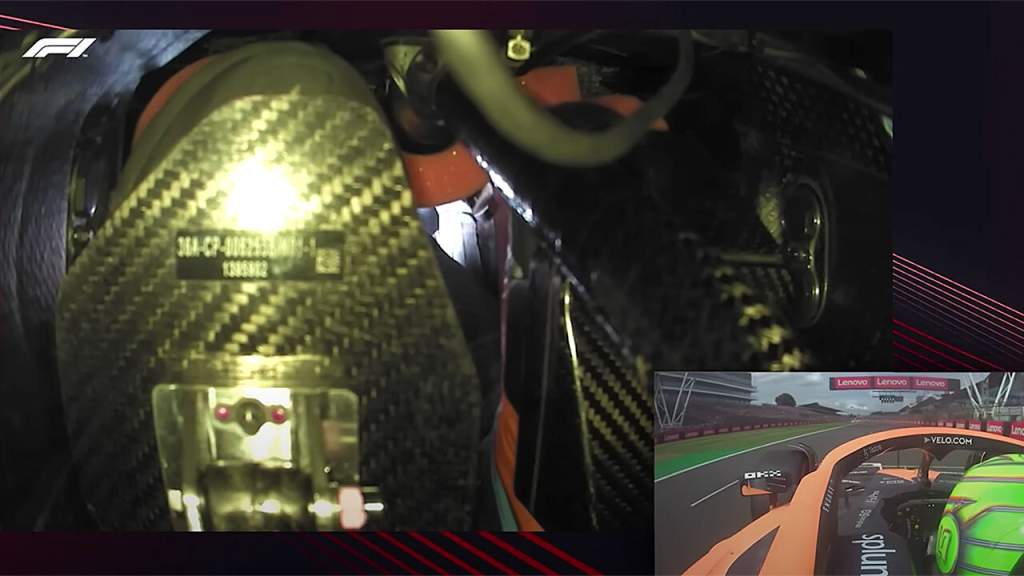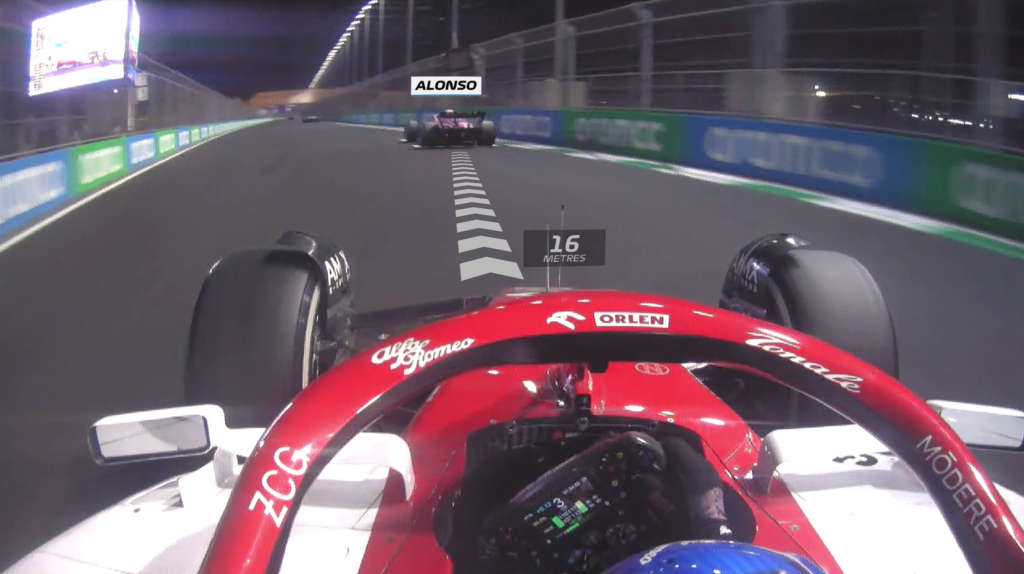Helmet cameras from up to eight drivers per weekend and a push to add new cockpit angles are part of Formula 1’s 2023 broadcasting plan.
After the successful trial of what is often referred to colloquially as ‘driver’s eye’ camera views in 2021, F1 was able to use the technology with all 12 drivers who used Bell helmets last year.
This has been expanded for 2023 with the cameras fitted to all 20 drivers across the different helmet manufacturers, although the reality of what data can be harvested live from cars on-track means the number of helmet cameras in use per weekend remains restricted.
Last year, only four of the drivers whose helmets had the cameras would be picked for use in the world feed, which is increasing to six this weekend in Bahrain and could rise to as many as eight per weekend. through the season.

“We’ve only got so much bandwidth off the car,” said Dean Locke, F1’s director of broadcast and media.
“Helmet camera is brilliant, and gives us a brilliant view of it. But is it the view you want to watch the whole race?
“It ends up reducing our resources. So, we’re better off switching.
“We have 20 available and we will be running 6+, we’ll probably get to about eight or so. Here we’re running at six.”
At some tracks it’s possible for two cameras to stream at once but at most F1 can only have one live feed from the car, and it also has to choose the limited selection of camera angles it wants to be able to use live from a session in advance.
The forward and rear cameras from the rollhoops are always in use, which leaves only two other onboards available to be used per car.
That means deciding which of the helmet camera and the driver-facing camera are usable, for example, and which mini-camera like the nose or side of the chassis.
The extended helmet camera rollout is just one part of a significant expansion to F1’s broadcasting coverage this year.
Extra cockpit cameras with new angles are being trialled after what F1 feels was a positive response to the new pedal camera angle.

It is a challenging addition as the position behind the pedals, looking back towards the driver, meant the view was restricted, and a small LED light also had to be fitted in the dark footwell for the camera to capture the footage.
But F1 wants to do more to show what the drivers are actually doing in the cockpit, with one idea being a new angle to show the drivers work on the steering wheel more clearly – like looking up or down from a camera around the driver’s waist.
“They made it smooth inside the cockpit so there’s no light and it’s a smooth cell, so you had nothing to mount to it,” said Locke.
“It took us a long time to work out how to do that. We brought it back and it got really good interest.
“So, what we decided with the onboard camera team was let’s do more in the cockpit. Because it’s the one area we don’t see.
“I’m very jealous of MotoGP, that you see those riders doing everything on the bike, and I’d love to see more.
“So how can we see more of what we don’t see, which is inside the cockpit? We have the helmet camera, that’s sort of half the steering wheel, we have a face camera looking back, but what’s going on around [the driver’s hands]?
“They’re doing an awful lot. So how can we get that? We’re going to move around the cockpit a bit more, some of the teams are really engaged in helping us out.”
Beyond the attempts to better capture the efforts of the drivers and the behaviour of their cars there are several on-screen graphics that will be evolved or added this year.

The augmented reality technology that tags cars and highlights data like gaps between drivers with real-time graphics from onboards or external cameras will be expanded, with F1 keen to use it from the helicopter camera too.
Another evolution, trialled in 2022, is using artificial intelligence to enhance slow-motion replays – such as Fernando Alonso’s airborne incident in last year’s United States Grand Prix.
The AI technology effectively ‘fills in’ missing frames in a matter of seconds to create 700fps replays in 4K.
Among the other graphic changes are new displays set to be rolled out later in the year with key information such as changes in the race lead and drivers off the track, while the F1 Sprint, which will be used at six events this year, also has its own brand identification.



